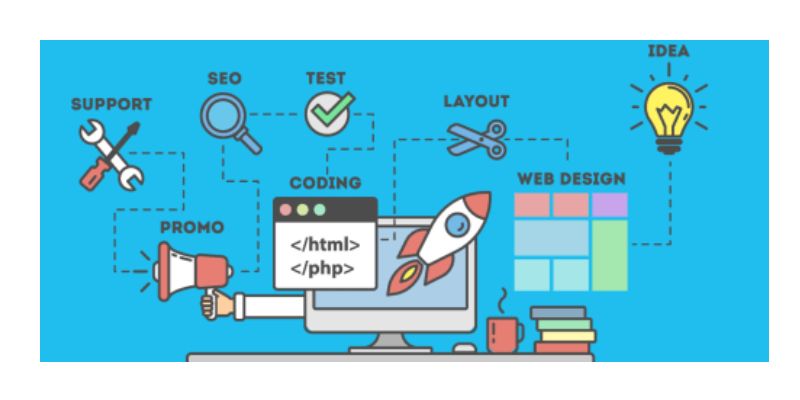
Performance is paramount in the fast-paced world of web development. Whether building a simple blog or a complex enterprise application, optimizing performance can significantly enhance user experience, increase user engagement, and even boost conversion rates. This blog post will explore the some primary strategies for maximizing performance in full-stack development. Additionally, enrolling in Full Stack Developer Courses in Bangalore can help you stay ahead of the competition.
Concept Of Performance Optimization
Performance optimization is systematically improving web applications’ speed, responsiveness, and efficiency. It encompasses various aspects, including front-end rendering, server response times, database queries, network latency, and more. By addressing these areas, developers can create applications that load quickly, respond promptly to user interactions, and deliver a seamless experience across devices and platforms.
Front-End Optimization
One of the primary areas of focus for performance optimization is the application’s front end.
- Minimize HTTP Requests: Reduce the number of HTTP requests by combining CSS and JavaScript files, using CSS sprites for images, and leveraging browser caching.
- Optimize Images: Compress images to reduce file size without compromising quality. Use modern image formats like WebP and SVG whenever possible, and consider lazy loading images to defer loading until needed.
- Code Splitting: Implement code splitting techniques to load only the necessary JavaScript code for each page or component, improving initial page load times.
- Bundle Size Reduction: Use tools like Webpack or Parcel to bundle and minify JavaScript and CSS files, eliminating unnecessary whitespace and comments to reduce file size.
- Responsive Design: Design responsive layouts that adapt to different screen sizes and devices, ensuring a consistent user experience across desktops, tablets, and smartphones.
Back-End Optimization
Optimizing the back end of the application is equally important for overall performance. Consider the following strategies:
- Database Indexing: Index frequently queried database fields to improve query performance. Analyze slow-running queries and optimize database schema and query execution plans accordingly.
- Caching: Implement caching mechanisms at various levels, including database caching, in-memory caching (e.g., Redis), and content delivery network (CDN) caching for static assets, to reduce database load and improve response times.
- Asynchronous Processing: To keep the main application thread responsive, offload time-consuming tasks to background processes or worker queues using technologies like Celery (Python), Sidekiq (Ruby), or Bull (Node.js). With Full Stack Developer Training in Marathahalli, you will learn how to use various technologies to offload time-consuming tasks to background processes or worker queues.
- Load Balancing and Scalability: Distribute incoming traffic across multiple server instances using load balancers and horizontal scaling techniques to handle increasing load and ensure high availability.
- Optimized APIs: Design efficient and lightweight APIs with minimal data transfer overhead. Use pagination, filtering, and data compression (e.g., GZIP) to optimize API responses.
Monitoring and Continuous Optimization
Performance optimization is an ongoing process that requires monitoring, analysis, and continuous improvement. Utilize tools like Google PageSpeed Insights, Lighthouse, and New Relic to monitor performance metrics, identify bottlenecks, and track improvements over time. Regularly review and optimize code, database queries, and infrastructure configurations to maintain optimal performance as the application grows and evolves.
Optimizing primary strategies for maximizing performance in full-stack development is essential for delivering fast, responsive, and reliable web applications. Developers can create high-performance applications that delight users and drive business success by implementing front-end and back-end optimization strategies, monitoring performance metrics, and continuously refining the application.
In summary, prioritize performance optimization from the early stages of development, leverage best practices and tools, and embrace a culture of continuous improvement to ensure that your full-stack applications deliver optimal performance and user experience. When learning programming languages, many Programming Languages Institutes in Bangalore offer quality education to help you become a skilled developer.
Also Check: Full Stack Developer Tutorial
